The test of a guilty pleasure movie is: 1) If it comes on cable do you sit down and watch the entire film even though you've already seen it 20 times? 2) Do you watch it even though you also own it on DVD or video?) And finally, would you ever admit to anyone that this film is one of your favorite movies? If the answers are, respectively, yes, yes and no, well then you've found your guilty pleasure flick. Though they may not do that well in the theater, movies like “Showgirls,” “Mommie Dearest” and “The Blob” live on in the hearts of terminally embarrassed fans. Here are some of our writers’ favorites:
“BASEketball”
One of the richest comedic veins mined by the current box-office hit “Dodgeball: A True Underdog Story” is its parody of the deadly serious TV commentary on even the most ridiculously self-explanatory games. But long before Gary Cole and Jason Bateman starred as grandstanding sportscasters in “Dodgeball,” actual sportscasters Al Michaels and Bob Costas played themselves in “BASEketball.” In fact, “Dodgeball” has a lot in common with its sports comedy forebear “BASEketball.” In focusing on childish, not especially skill-testing games, both films work as effective satires of the exhaustive attention paid to “real” sports like baseball or basketball.
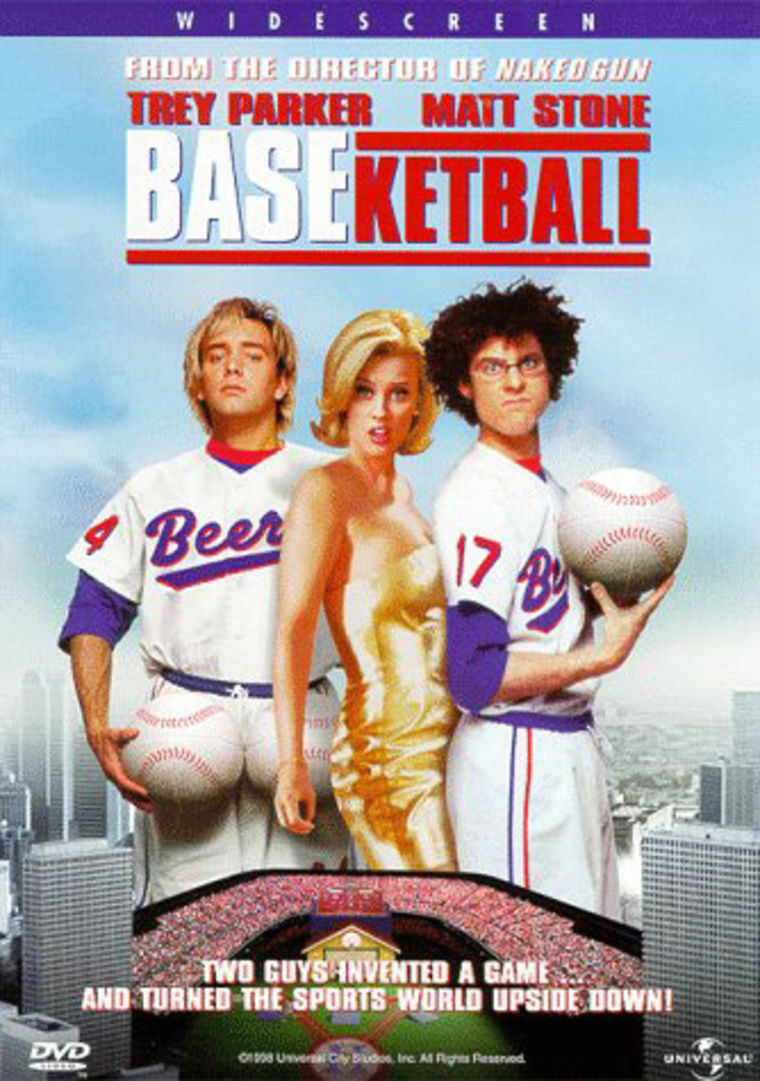
The titular game is a hybrid of those two sports, designed to be played even by those without any athletic skill — “A game where guys with bad backs and bad knees can…get together and compete on the same field as guys that are all goosed up on steroids.” All players do is shoot free throws, while players on the opposing team try to psych them out and cause them to miss their throws. The film has an impressive comedy pedigree: it’s co-written and directed by David Zucker, one of the brains behind the “Airplane!” and “Naked Gun” film series, and stars “South Park” co-creators Trey Parker and Matt Stone. Though they had nothing to do with the script, it’s probably a safe bet that the boys had some ad libs that made it into the finished film; one of Parker’s psych-outs, for instance, involves a Cartman impression. Don’t get me wrong: the film is very silly. But it’s also nasty and subversive and features quite a lot of Trey Parker’s sexy gams in his BASEketball shorts, and people, I am only human.—Tara Ariano
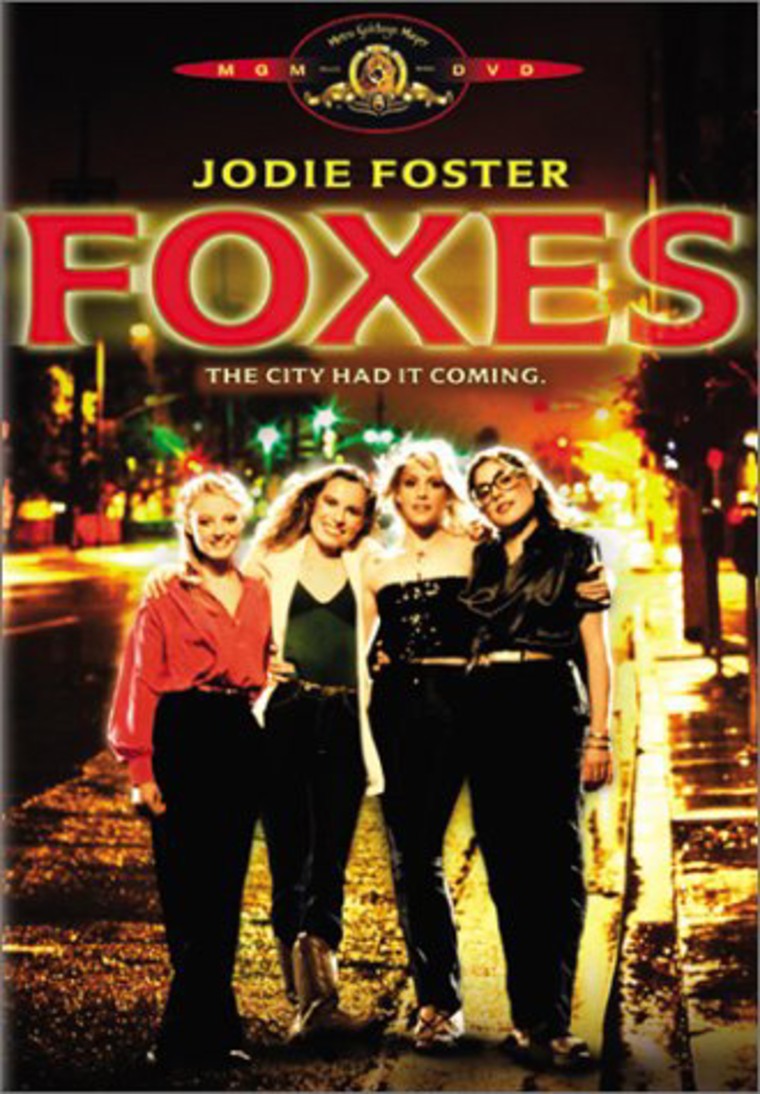
Everyone goes through that awkward teenage phase, luckily for us, when Jodie Foster went through it, she took the opportunity to make a little movie called, “Foxes.” The 1980 feature debut by “Fatal Attraction” helmer Adrian Lynne, this story of girls gone wild in the 1970s San Fernando Valley not only featured a 17-year-old Foster, but a young Scott Baio as the skate punk who just wants to hang with the girls, “The Runaways” Cherie Curie as the tragically drugged out Annie, and future radio psychologist Marilyn Kagan as the high-school girl who wants to shack up with her much older boyfriend (Randy Quaid). There’s also a cringe-inducing performance from Sally Kellerman, who plays Foster’s hip mom and utters lines like “You make me hate my hips” and “Just because they fit you for a diaphragm doesn't make you a woman.” Kellerman’s performance alone will have you on the floor in a fit of I-can’t-believe-I’m-watching-this giggles.
The best thing about this movie is that it takes itself completely seriously. I saw it performed as a drag play in Los Angeles (boys played the female roles, girls played the male roles) and the reason it worked was because its utter earnestness was so easily mocked. And as a bonus, the film is so dated that the its theme song is Donna Summer’s “On the Radio,” ’70s Kiss-like band Angel performs, and, best of all, you get to hear Jodie Foster say, “shake your booty.” Too good.—Paige Newman
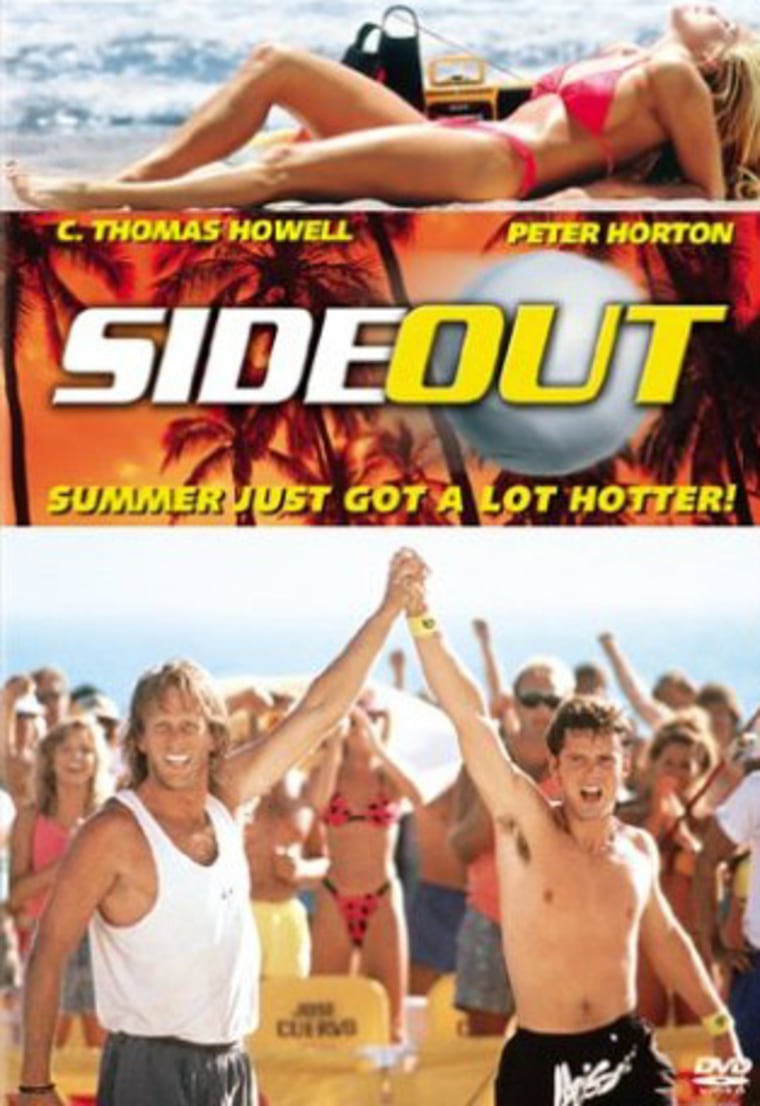
My life needs some Hollywood writers. Or producers. Or whomever managed to turn C. Thomas Howell into a great beach volleyball player.
I'll explain. When I was 13, I wanted to be a beach volleyball player. Never mind that I lived in Wyoming, was short and all my friends played basketball. I was gonna succeed. And here was this movie that could show me how!
Howell was this dope from Wisconsin working at his uncle's law firm for the summer. Big deal. What I cared about was that he basically played volleyball as a lark and through a little hard work and the right playing partner won the King of the Beach tournament. Here was a training video for my rise as the King of the Beach.
Plus, he won over Courtney Thorne Smith, pre-Melrose Place. And my narrow-minded friends wanted to play basketball in Wyoming...
But at some point, the movie turned from career-sports example to guilty pleasure. Maybe that's because as I played more volleyball and watched Howell play volleyball, train on the beach and act (no wonder this guy's career died), I realized the movie was simply a Saturday afternoon feature on UPN. I'm not sure if that means I feel guilty that I played the fool for years, or because I still watch UPN, hoping it gets more airtime.
Or at least a phone call from Courtney Thorne Smith.—Mike Miller
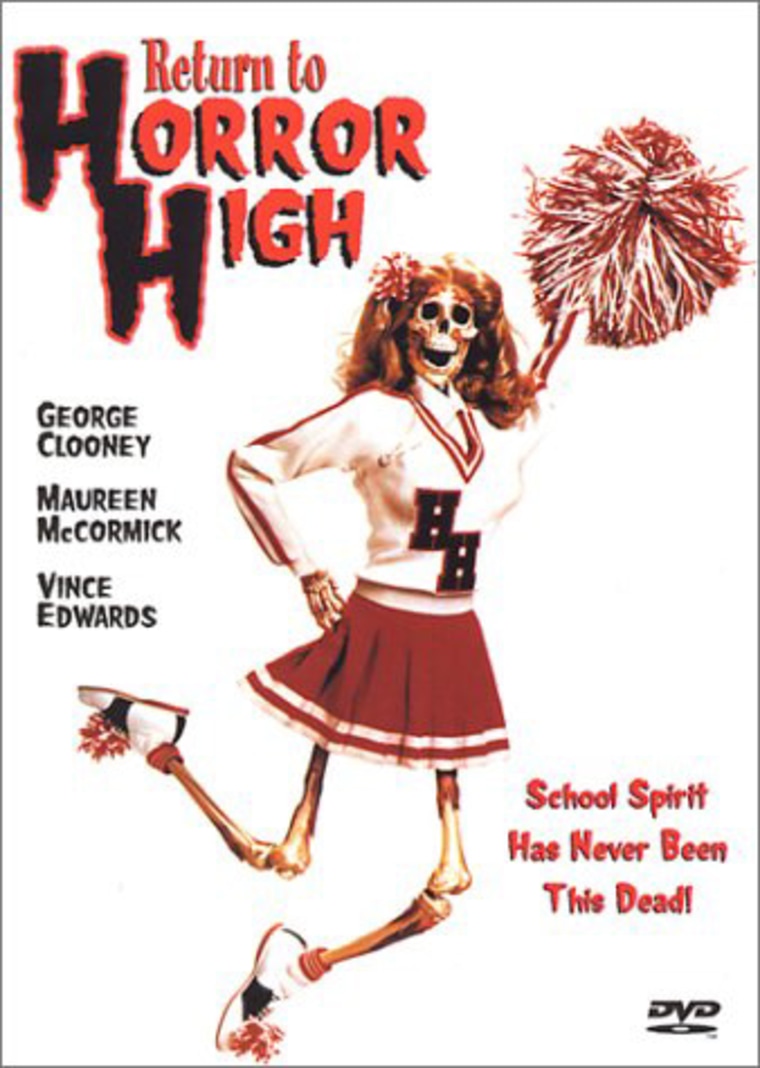
I was lucky enough to spend my high school and college years in the 1980s, the golden era of slasherdom. When Jason ch-ch-ch’d, I covered my eyes. When Freddy cracked wise and then unleashed his razor-fingered hand, I slunk lower in my seat. And when Michael Myers moved softly through Haddonfield, Illinois to the delightful sound of that tinkly piano, I hid my face in my boyfriend’s shoulder. But I’m no slasher-movie snob. I’ve watched some true cinematic schlock. Remember “Happy Birthday to Me,” featuring Little House on the Prairie’s Mary Ingalls and a guy who gets a shishkabob in the throat? Scream queen Jamie Lee Curtis in 1980’s “Terror Train”? (Tagline: “The boys and girls of Sigma Phi. Some will live. Some will die.”) 1987’s “Return to Horror High,” with its oh-so-classy poster featuring a skeleton in a cheerleader outfit? I even saw “Jason X,” the tenth “Friday the 13th” movie, which places hockey-masked killer Jason on a spaceship. (Shut up, I know, shut up.)
By now, I know all the slasher-movie rules. The first person to die is sometimes not really dead, but the killer. Randy teens are doomed. Abandoned summer camps, amusement parks and pet cemeteries are never good places to hang out, especially alone at night. The first noise that scares you is always the cat, but the second noise is always the killer. Why do I like slasher movies so much? Unlike, say, Tom Clancy’s terrorist-ridden oeuvre, slasher flicks feel very safely removed from my universe. The chances of me hanging out, braless, in a deserted Tunnel o’ Love ride with a guy in a mask whom I think is my boyfriend are pretty low, so I’d say the chances of me getting shishkabobbed through the throat are equally low. A good scare that still lets you sleep at night, that’s a slasher movie to me. —Gael Fashingbauer Cooper
“Wild Things”
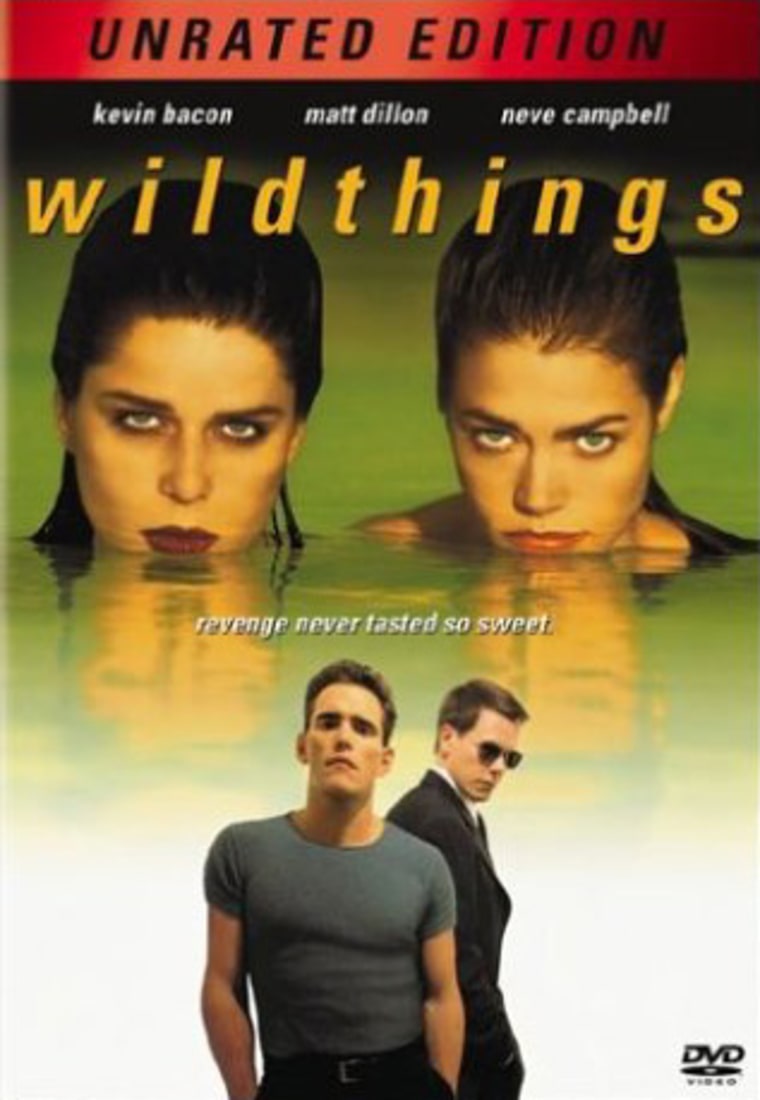
What do you think of when someone mentions the movie “Wild Things?” The great ensemble of actors? The cast features Bill Murray, Matt Dillon, Kevin Bacon, Denise Richards, Robert Wagner (as the upstanding lawyer father) and Neve Campbell. The finely crafted plot, with its twists and surprise ending? Don't worry I won't give it away. The tension-building use of flashback? The social commentary on police corruption, sleazy lawyers and class warfare?
Or maybe it was steamy sex scenes. Nah, that couldn't have been it, could it?
This film had me — and thousands of other 20-something men — hooked from the first trailer in which Richards walked slowly out of the pool. The fact she couldn't act her way out of a paper bag had no effect on my enjoyment.
And what was that stuff with Daphne Rubin-Vega as the police woman who almost hooks up with Dillon? Was that so every character could smolder in sexuality? But come on, you love it. In the end, this movie works because while it takes itself seriously, you don't have to. You can enjoy the steamy scenes of sexy women naked and kissing each other and still snicker at the ridiculous plot twists, which the filmmakers no doubt considered clever.—George Malone
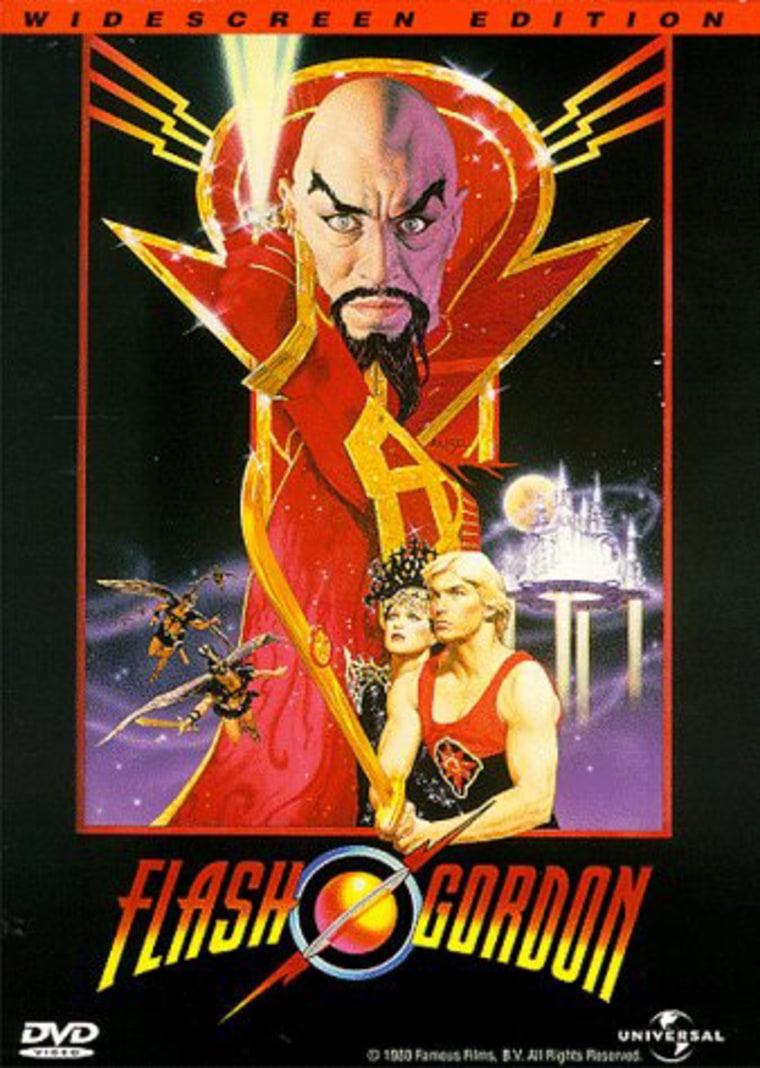
“Silent Running”
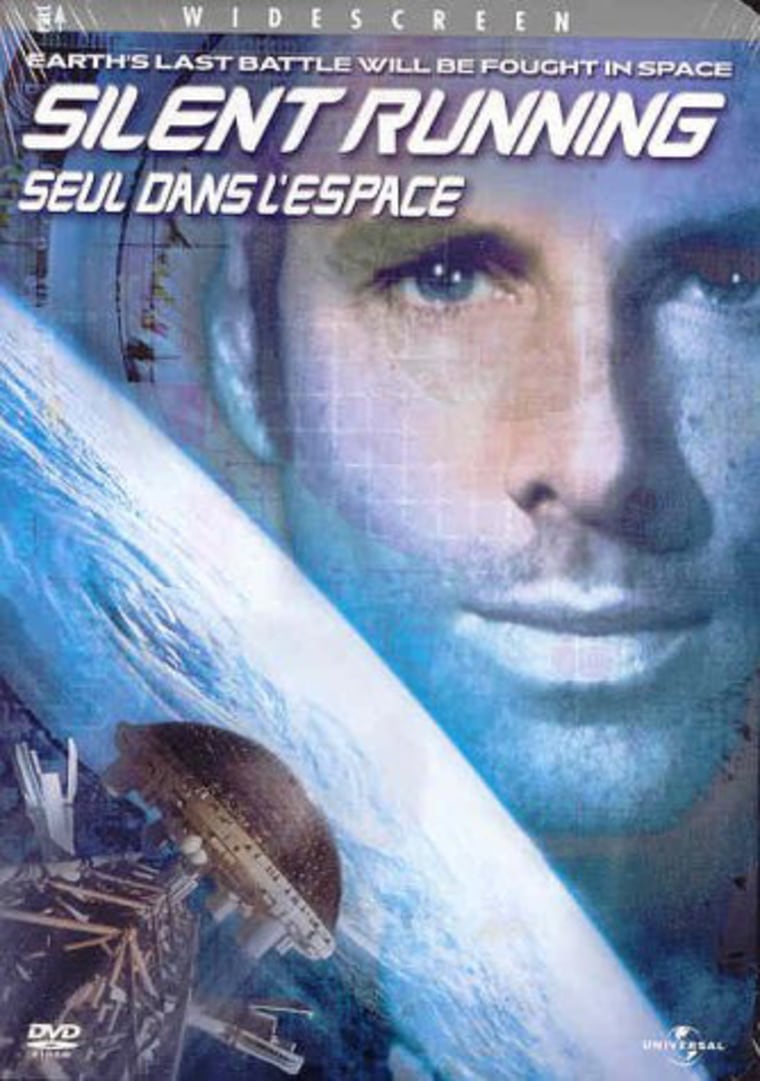
After Douglas Trumbull supervised the spectacular special effects for Stanley Kubrick's “2001: A Space Odyssey,” he directed his own lesser-known sci-fi classic: “Silent Running,” a strident eco-dystopian parable about the Earth's forests being preserved a million miles off-planet and one man's reaction to the decision to abandon them for good. That man was played by Bruce Dern, bringing his trademark over-the-top acting to a rare role as a psychotic good guy. But if you can get past — or even get into — the heavy-handed message, what you get is one of the most stunningly beautiful films ever set outside the Earth's atmosphere.
The massive, cluttered space freighter contrasted with the idyllic domed forests it carried. Passing through the rings of Saturn, while scientifically unsound, used everything Trumbull had learned doing the more psychedelic sequences in “2001.” And the movie's most empathetic characters were a team of waist-tall robot drones nicknamed Huey, Dewey and Louie that obviously inspired “Star Wars'” C-3PO.
The film's gently pastoral musical score was written by Peter Schickele (best known as the creator of the classical music parody “P.D.Q. Bach”) and distractingly punctuated with vocals by Joan Baez in two songs with lyrics like “Tell them all they love will die, tell them why, in the sun.”
Maybe you could blame “Silent Running's” failings on its team of novice screenwriters, including Michael Cimino, who went on to do “The Deer Hunter,” and Steven Bochco, who went on to do “NYPD Blue.” It didn't help that its title made many people think it was a submarine movie. But if the stunning visuals that still hold up well don't leave you speechless, you can always have fun yelling at the screen.—Wendell Wittler
Hammer films featuring Christopher Lee
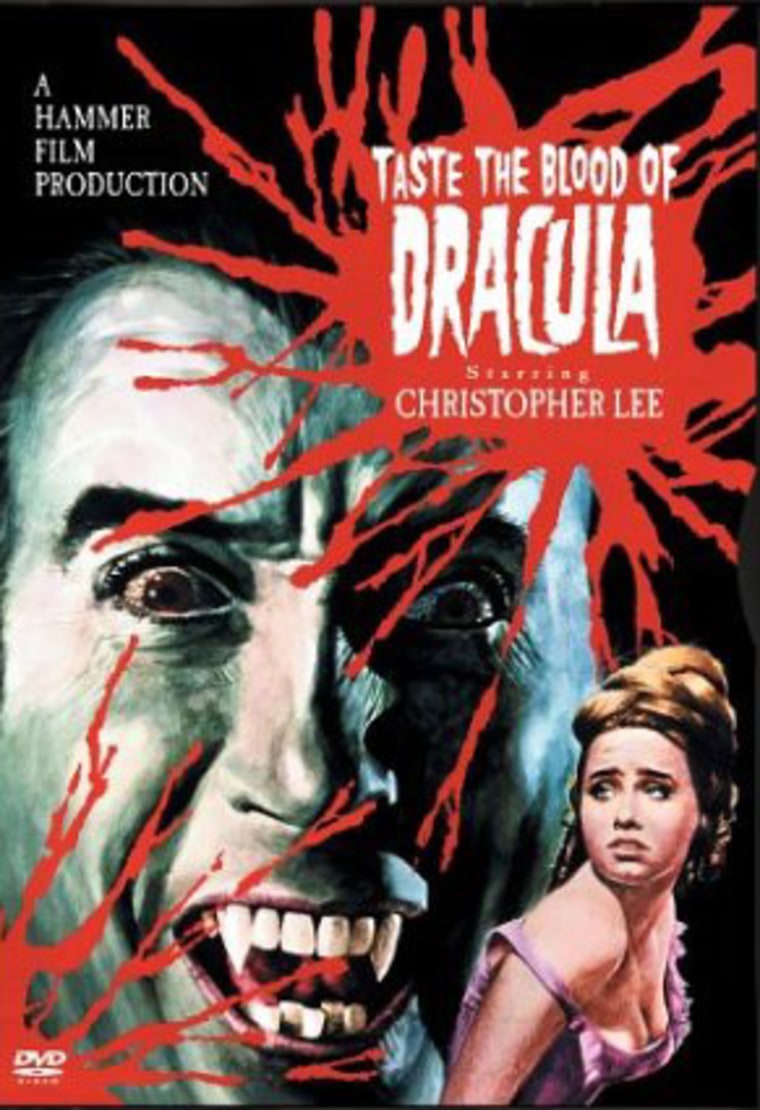
Between 1958 and 1973 the U.K.’s Hammer Films studios produced anywhere between five and 5,000 cinematic riffs on Count Dracula. The exact number is hard to pinpoint as every film boasted the same things: Superstitious old hags; randy young Transylvanians bursting out of their low cut puffy blouses; Christopher Lee as Dracula and more Victorian gloom than a teen goth rocker’s bedroom. If Bela Lugosi’s Dracula was Hollywood camp, Christopher Lee was the real deal. His Dracula was the essence of style; always nattily attired in a cool black suit (Hugo Boss?) and silk cape. Rail thin and standing six-foot-four, Lee personified the very idea of louche European living. And that widow’s peak — the best hair in horror since Fay Wray’s blond bob in “King Kong.” No wonder why maidens in his path were always in a rush to undo the top buttons of their Victorian nighties. Lee had the style, but ultimately it was the women — the Hammer Horror women — who made Hammer Films the ultimate Saturday afternoon experience for a whole generation of pre-pubescent horror fans growing up in the 1970s (and a guilty pleasure for anyone who stumbles across “The Scars of Dracula” today on AMC). Hammer’s Transylvania was rife with babes. After succumbing to Lee’s European charms, they didn’t die, no. They grew cute little fangs and started knocking on the windows of the men in town. What young horror geek didn’t dream of getting a visit?Hammer’s output was the last great hurrah of the Dracula mythos before AIDS put a taint on the whole blood thing and the teen slasher forever removed style, class and the undead naughtiness from horror. Horror films today are too gory, too straight-ahead, or worse, intentionally ironic. They’re too American. Where’s the subtlety, the Euro-decadence, the style, the sex? If dreaming of long-fanged maidens with central European accents knocking on my window is a crime, I plead guilty.—Tom Loftus
“Beyond the Valley of the Dolls”

After a long morning of watching World Cup soccer and getting, well let’s not sugarcoat this, stoned, some friends and I decided to rent “Valley of the Dolls,” but because of our altered state, we mistakenly managed to pick up the 1970s pseudo-sequel “Beyond the Valley of the Dolls” instead. Imagine our surprise when we found ourselves watching what appeared to be an extended and extremely violent episode of “Laugh In” performed on copious amounts of LSD. Directed by Russ Meyer (“Faster, Pussycat! Kill! Kill!”) and written by Meyers and, of all people, film critic Roger Ebert (this fact alone will make me respect Ebert’s opinions forever — thumbs up indeed) the film tells the story of an all-girl rock trio who comes to Hollywood to make it big. Well, that’s the plot, but the meat is in the details, like a massive drugged-out orgy, a character with a botched sex-change operation and a little beheading thrown in for good measure. Just another day in L.A., right?
The dialogue is what makes it a classic, though. Roger Ebert actually wrote lines like, “You will drink the black sperm of my vengeance!” and “You're a groovy boy. I'd like to strap you on sometime.” God bless him. And by the way, we did eventually rent “Valley of the Dolls.” Two words: Double feature. —Paige Newman
“North Shore”
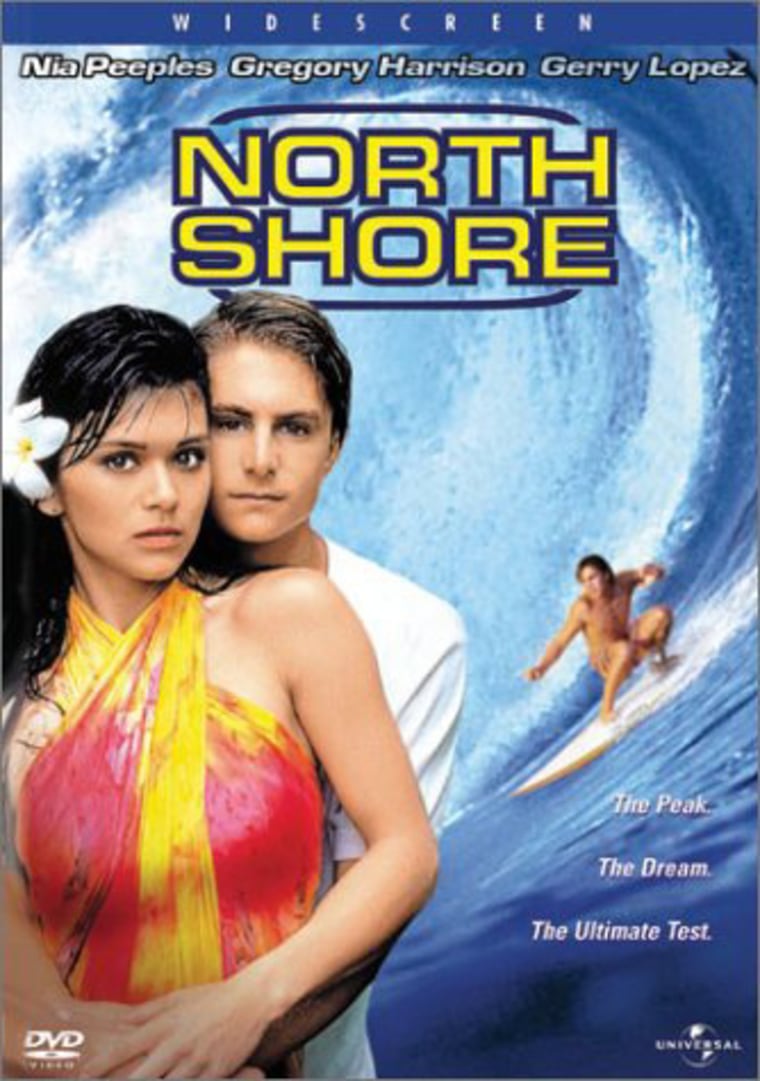
Dude from Arizona wins local surfing contest, travels to Hawaii, struggles to stay afloat, finds love and learns to big-wave surf. It’s my story, really. Or at least I wanted it to be. And what guy growing up landlocked in the ’80s didn’t? Clichéd and short on stars, but rich in scenic beauty and surf lingo, 1987's “North Shore” was required watching for us Barneys (it’s like Barno, Barnyard, like a haole to the max, a kook, in and out of the water, yeah?). It featured cameos by world class surfers of the day (whom I recognized from surf mags) and a killer soundtrack including Ganggajang, Pseudo Echo and Chris Isaak (whose cassettes I just had to have).
It’s one of those awesomely bad movies where sloppy voice dubs are so laughable they’re some of the most quotable lines. And when you find someone who recognizes them, you’ve made an instant friend. Now here’s the really sad part: Years after my teenage surfing obsession, when I actually learned how to surf, I went with the long board because I still wanted to be a “soul surfer” like the main character’s mentor.
Forget VH-1’s “I love the 80s”. Relive it. TiVo “North Shore” next time you can find it. Just don’t confuse it with the glossy new Fox series of the same name. —Ashley Wells
“Judge Dredd”
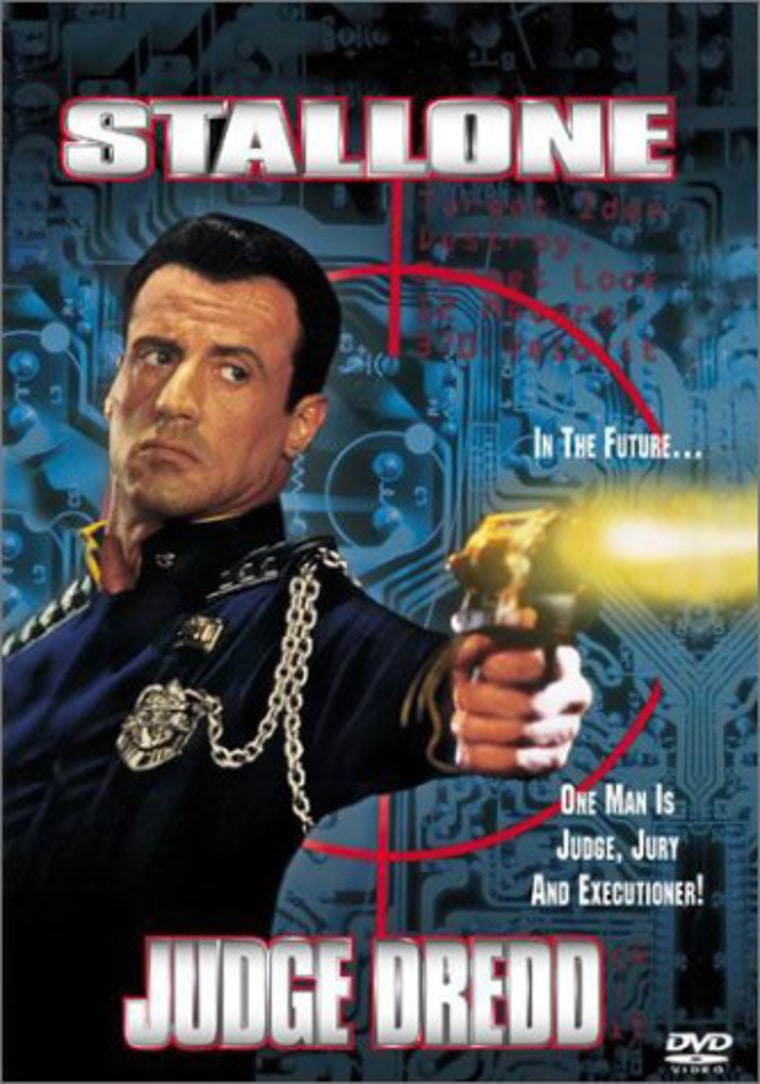
I just can't help it. Anytime Judge Dredd rears his ugly helmet on basic cable, I'm transfixed. It's not bad sci-fi. It's really...watchable sci-fi. But any movie that features Sylvester Stallone when he isn't A) a boxer or B) a bloodlusting Vietnam vet, you pretty much have to brace yourself for a produce section's worth of rotten tomatoes.
The future world of Judge Dredd is a dystopian amalgam of “Blade Runner,” “Total Recall,” “The Fifth Element” and “Mad Max: Beyond Thunderdome”; which is to say, it thoroughly rips all of those movies off. Stallone gets to do the whole tough-guy with a heart-of-gold/jaw-of-steel thing, but this time he gets to do it astride flying Jet-Skis wearing Versace-designed action figure outfits in Mega-City One. Apparently, a Mega-City is the place where all the leftover props from “Demolition Man” are kept.
Of course, the thing here that automatically puts the “guilty” in “guilty pleasure” is the casting of Rob Schneider in the role of Incredibly Annoying Sidekick. And really, he's not THAT awful (I still laugh when he says "I AM THE LAW" Stallone-like). But yes, it's still The Schneider. I've seen the future, and Deuce Bigalow is a criminal hacker there.
Lest we forget, “Judge Dredd” was the film to jumpstart my crush on Diane Lane. That's right: Oscar-nominated Diane Lane. She's the badass Judge Hershey, who, despite her stony veneer and oversized metal shoulderpads, harbors a creamy nougat center for our hero. Why? I don't know. And upon several viewings on TNT, I still can't figure it out.
I really should watch it again.—Greg Perez
“Godzilla” movies
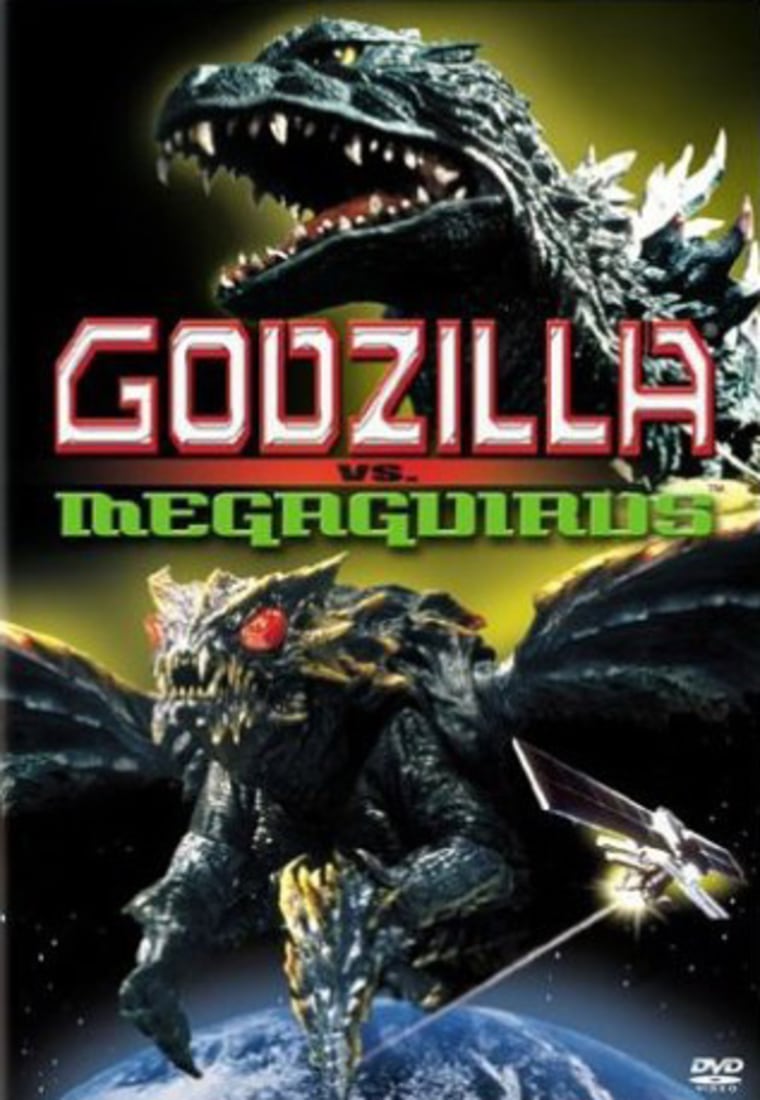
What we have here is a series in which the main character is a 400-foot-tall prehistoric lizard who can’t speak, stomps on everything it meets, and sets cities on fire with his radioactive breath. How can this not be a guilty pleasure?
Japan’s most famous monster was born in the same 1950s monster-movie fad that brought us the giant ants of “Them!” and such memorable trash as “War of the Colossal Beast.” But though the trend mostly died out in America, it spawned an entire genre in Japan — the kaiju, or giant-monster film, the most well-known of which are Godzilla’s own 20-odd movies. Now, to be fair, the original film was both serious and smartly done, even if it was eviscerated by American distributors so they could fit Raymond Burr’s journalist character into the plot. But especially during the late ‘60s and 1970s, the series had devolved into winking, self-knowing camp — epitomized by the scene in “Godzilla vs. the Sea Monster” in which Big G and a giant lobster bat a boulder back and forth as if they’re playing beach volleyball.
Despite knowing that most of these movies are just flabbergastingly awful, once a year or so I still find myself at the counter of my local video store holding one of the titles I haven’t seen yet, proving that what Samuel Johnson said about second marriages being the triumph of hope over experience applies also to DVD rentals. I guess when it comes to giant lizards beating the tar out of each other, I’m a born romantic. —Christopher Bahn
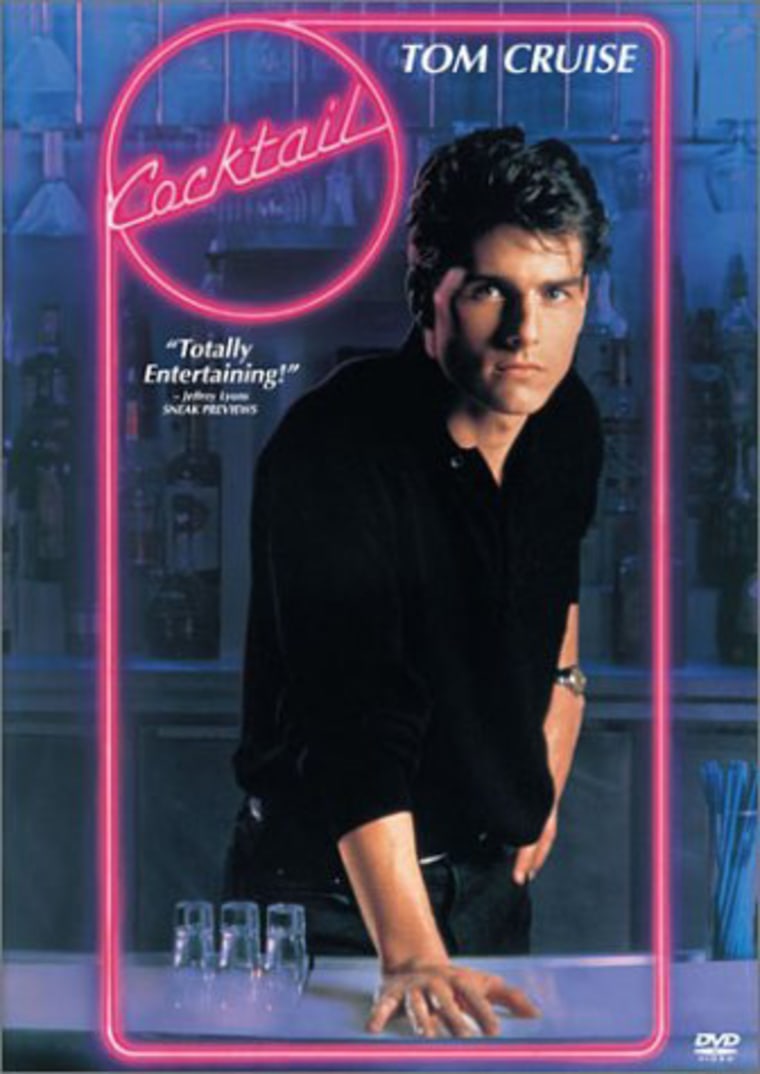
My buddy Ben hates “Cocktail.” If it comes on the tube, he's out of the room. And apparently, he's not the only one who feels this way. But, like my friends Alec and Greg — who call it our generation's “Casablanca” — think, what's not to enjoy?
Tom Cruise wants to make his mark on the business world, but finds that he's better suited for bartending. He screws around, makes some money, heads off to tropical locale, comes back to the states as a Manhattan socialite's boy-toy then ditches her for a tourist (Elizabeth Shue) he'd both fallen for and knocked up. He discovers her family is rich, but ignores that to fulfill his dream of taking over his uncle's run-down neighborhood pub.
Talk about a movie everyone can identify with, including falling in love with Elizabeth Shue. Lovely, sweet, charming Elizabeth Shue. Hell, I don't even feel guilty relishing her role in the movie.
Even my buddy Ben can identify with that.
Any movie that rolls together life lessons, flashy bartending skills, and a sure-fire get-rich method — buying your uncle's neighborhood pub — can be watched again and again, provided you make the movie live up to its name and enjoy two or three cocktails.
Just make sure you have a professional twirl that bottle in the air.—Mike Miller